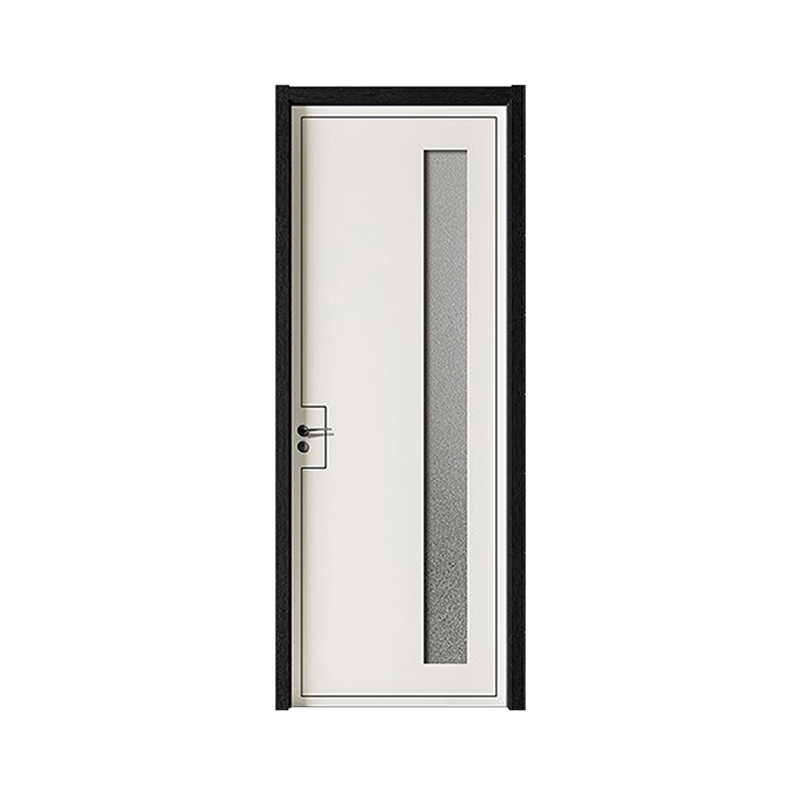News
WPC Glass Doors From The Leading WPC Door Factory
In the world of interior design and architecture, innovation continually reshapes our perspectives on aesthetics and functionality. One such innovation that has been making waves is the introduction of WPC (Wood Plastic Composite) Glass Doors. These doors represent a harmonious blend of nature's timeless elegance and modern technology's versatility. In this article, we delve into the captivating world of WPC Glass Doors, exploring how they seamlessly unite traditional craftsmanship with contemporary design trends while highlighting their origin from a reputable WPC Door Factory.
The Fusion of WPC and Glass: A Design Revolution
WPC Glass Doors epitomize the synergy between two seemingly disparate materials: wood and plastic. Derived from a mixture of wood fibers and thermoplastics, WPC strikes the perfect balance between the warmth of natural wood and the durability of plastics. This composite material, known for its eco-friendliness and longevity, offers endless possibilities in the realm of door design.
When combined with glass, the result is nothing short of breathtaking. WPC provides the framework for these doors, ensuring sturdiness, while glass panels infuse an element of sophistication. The clear or frosted glass not only allows light to flow freely between spaces but also creates visual intrigue. Whether used in homes, offices, or commercial spaces, WPC Glass Doors elevate the ambiance by making rooms feel more spacious and connected.
The Craftsmanship Behind WPC Glass Doors
Behind the elegant facade of WPC Glass Doors lies the meticulous craftsmanship of the WPC Door Factory. These doors are not just a product; they are a testament to the artistry and expertise that goes into their creation.
The process begins with the selection of high-quality wood fibers and thermoplastics, ensuring that each component meets strict standards for strength and durability. These materials are then precisely mixed and molded into door frames and panels of various shapes and sizes. The result is a lightweight yet robust framework that serves as the foundation for the glass elements.
The glass panels themselves are no less a work of art. They undergo careful cutting and polishing, ensuring that they seamlessly fit into the WPC frame. Depending on the desired level of privacy and aesthetics, the glass can be clear, frosted, or even textured. The final assembly combines these elements, resulting in WPC Glass Doors that are not only functional but also pieces of interior design excellence.
The Versatility of WPC Glass Doors
One of the most compelling aspects of WPC Glass Doors is their versatility. These doors transcend conventional design boundaries, making them suitable for a wide range of applications.
In residential settings, they transform living spaces by creating open, light-filled environments. The combination of wood's warm tones and the transparency of glass evokes a sense of tranquility, making them perfect for bedrooms, living rooms, and even kitchens.
In commercial spaces, WPC Glass Doors become statement pieces. They can delineate areas while maintaining an open feel, ideal for offices, conference rooms, and showrooms. The clean lines and modern aesthetics make them a favorite among architects and interior designers.
Sustainability at Its Core
WPC Glass Doors are not just aesthetically pleasing; they also champion sustainability. The use of wood fibers from responsibly managed forests and recyclable thermoplastics aligns with eco-conscious design principles. These doors are eco-friendly choices that reduce environmental impact without compromising on style or performance.
WPC Glass Doors exemplify the marriage of traditional craftsmanship and contemporary design innovation. Originating from reputable WPC Door Factories, these doors are more than just entryways; they are statements of sophistication, versatility, and sustainability. As they continue to adorn homes and commercial spaces worldwide, they serve as a reminder that the artistry of the past can seamlessly integrate with the technology of the present to create a more elegant future.

 English
English عربى
عربى 中文简体
中文简体




